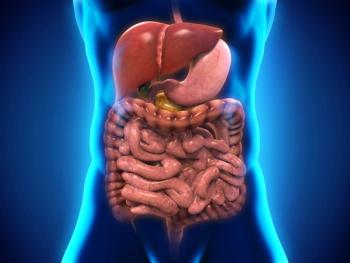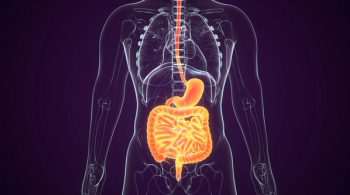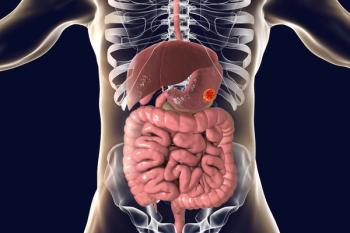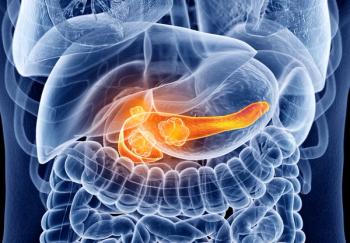
|Videos|May 3, 2017
IMRT vs Proton Therapy in Esophageal Cancer
Author(s)Steven H. Lin, MD, PhD
This video reviews the advantages and disadvantages of IMRT and proton therapy for the treatment of esophageal cancer.
Advertisement
The current standard for treating patients with esophageal cancer is 3D radiation, but newer technologies such as intensity-modulated radiation therapy (IMRT) and proton therapy have shown the ability to reduce toxicity by limiting radiation to the surrounding tissue.
In this video, Steven H. Lin, MD, PhD, of the University of Texas MD Anderson Cancer Center, reviews IMRT and proton therapy, discussing some of the advantages and disadvantages.
Newsletter
Stay up to date on recent advances in the multidisciplinary approach to cancer.
Advertisement
Advertisement
Advertisement
Trending on CancerNetwork
1
Top 10 Peer-Reviewed ONCOLOGY Articles Shaping Cancer Care in 2025
2
Behind the MATTERHORN Trial of Durvalumab/FLOT in Gastric/GEJ Cancer
3
Addressing Sexual and Gender Minority Care in Oncology
4
Oncology On the Go Wrapped: The Top 10 Podcast Episodes of 2025
5
































































































